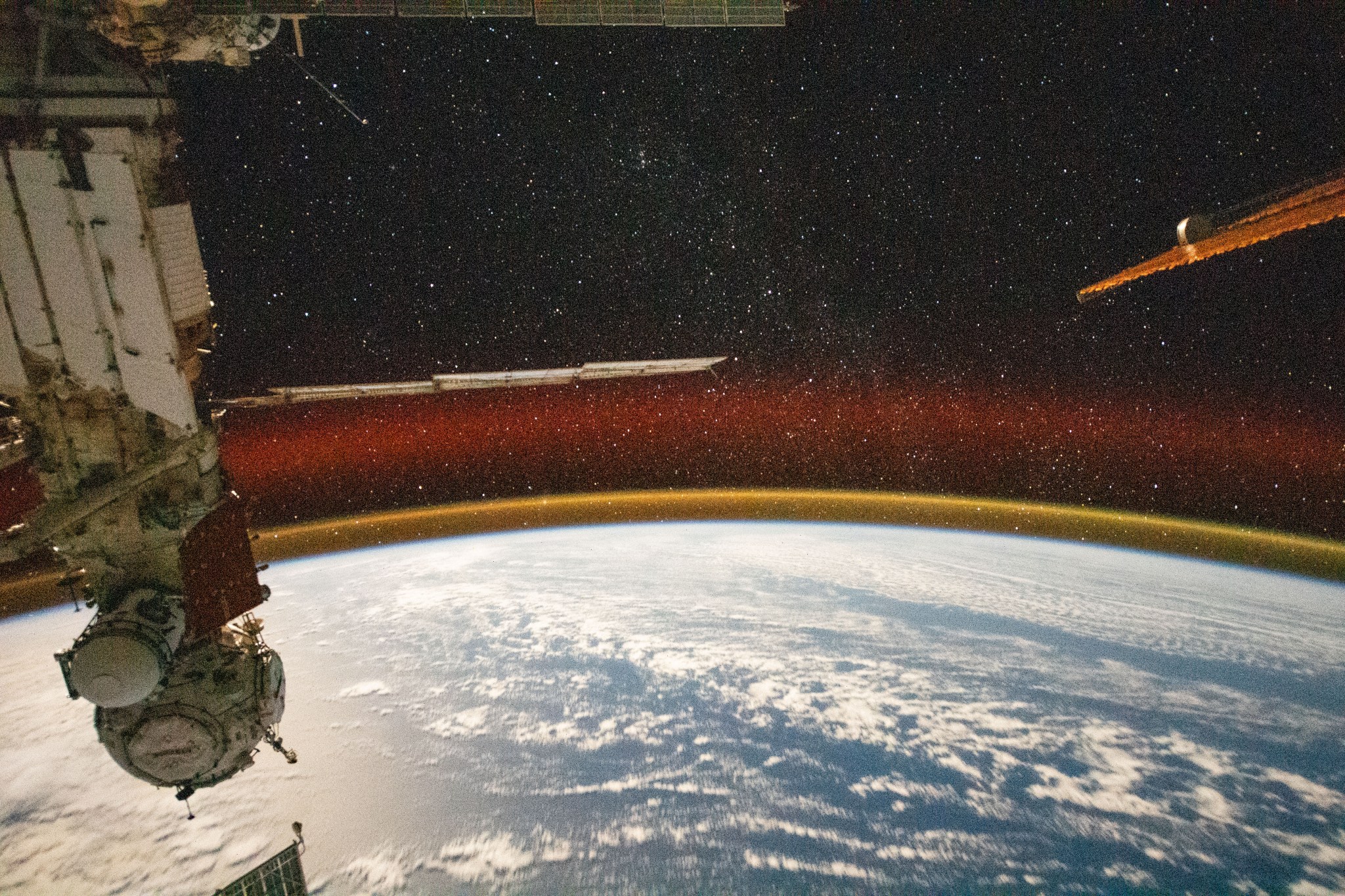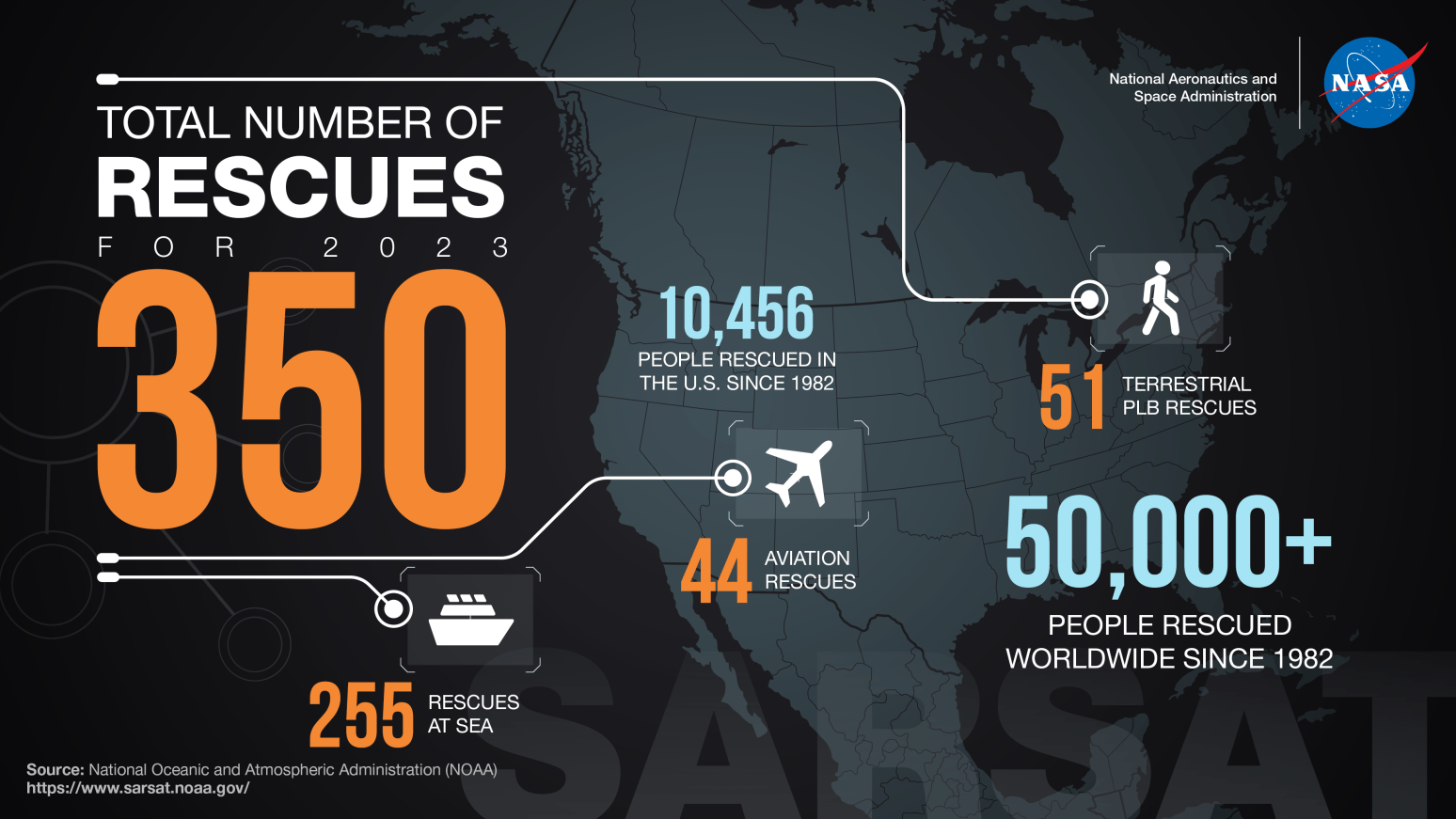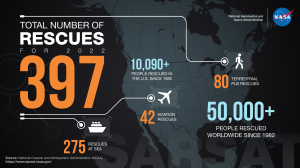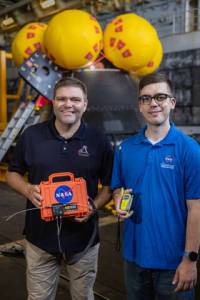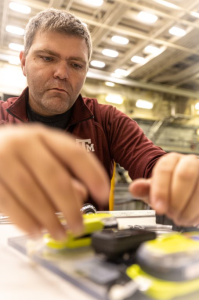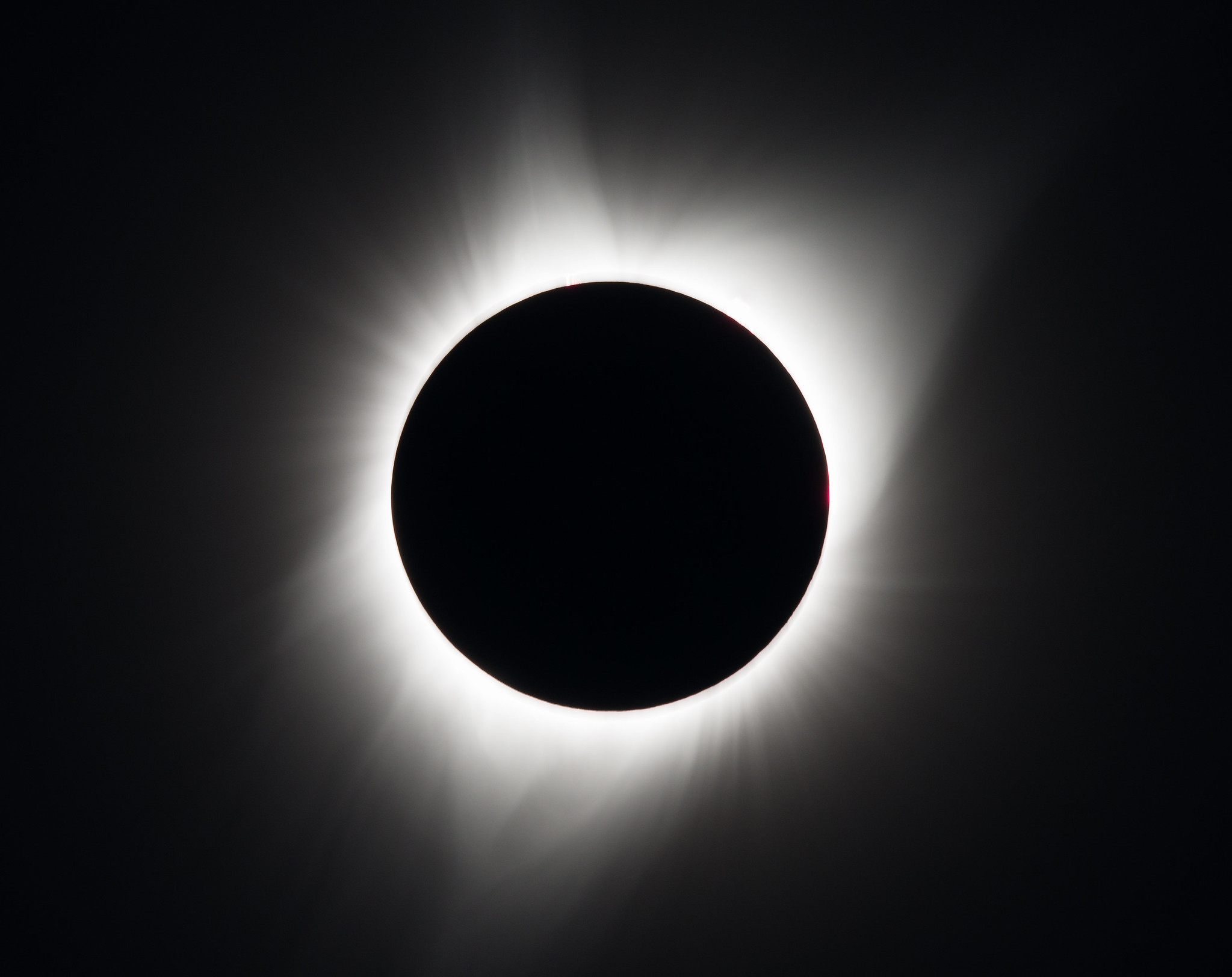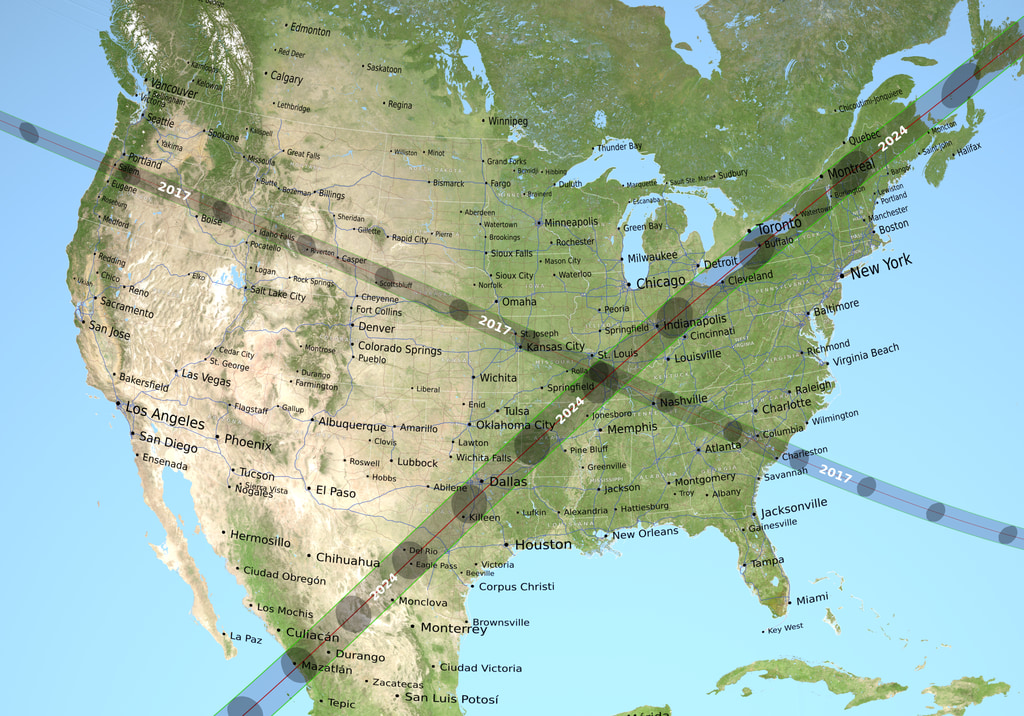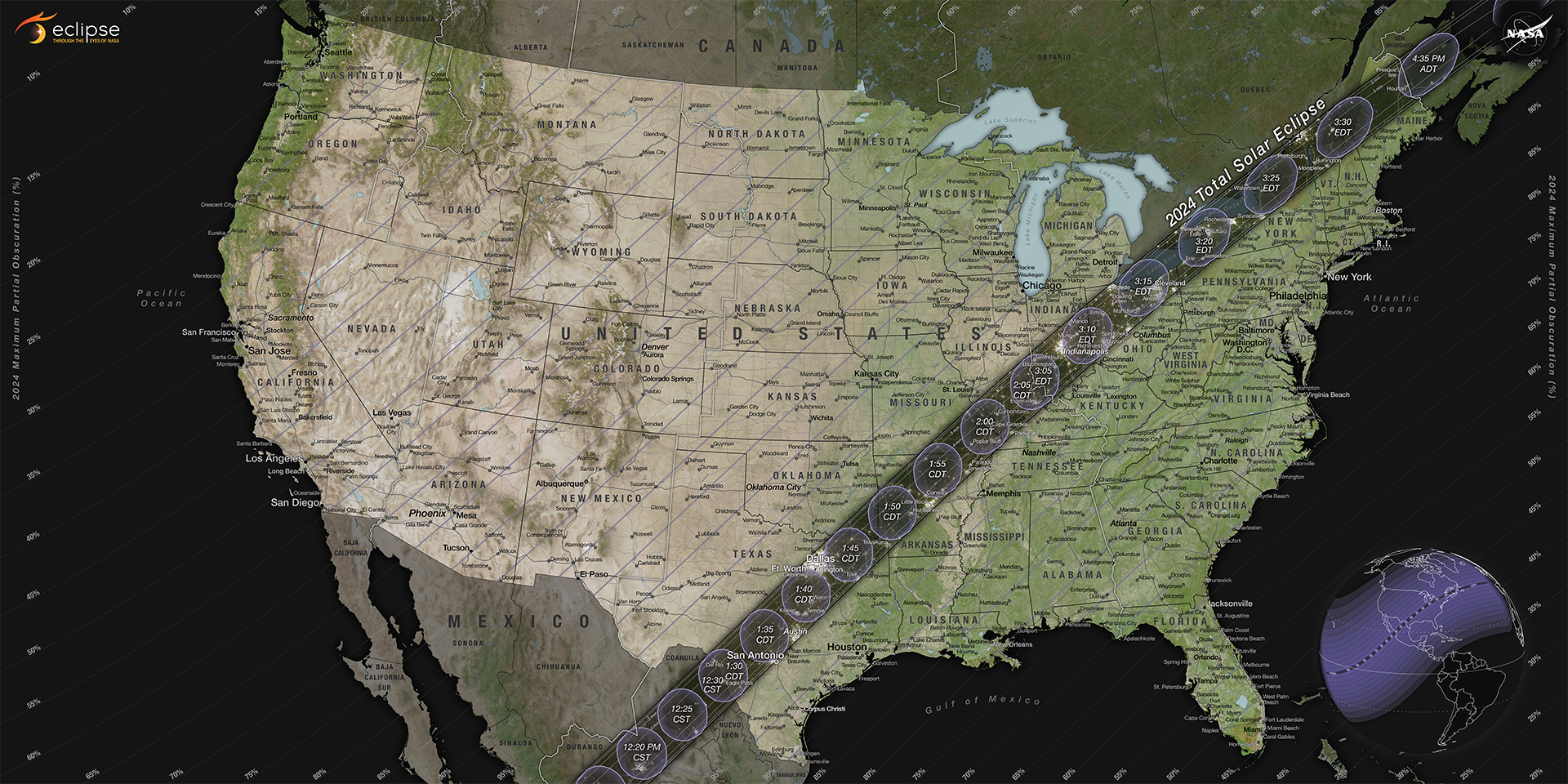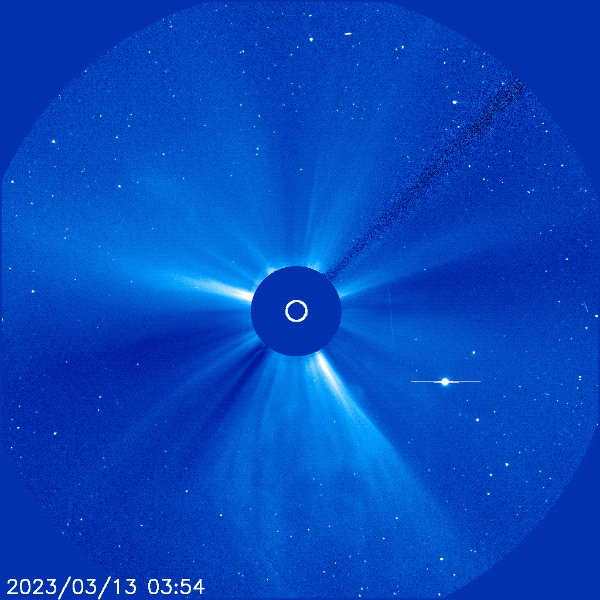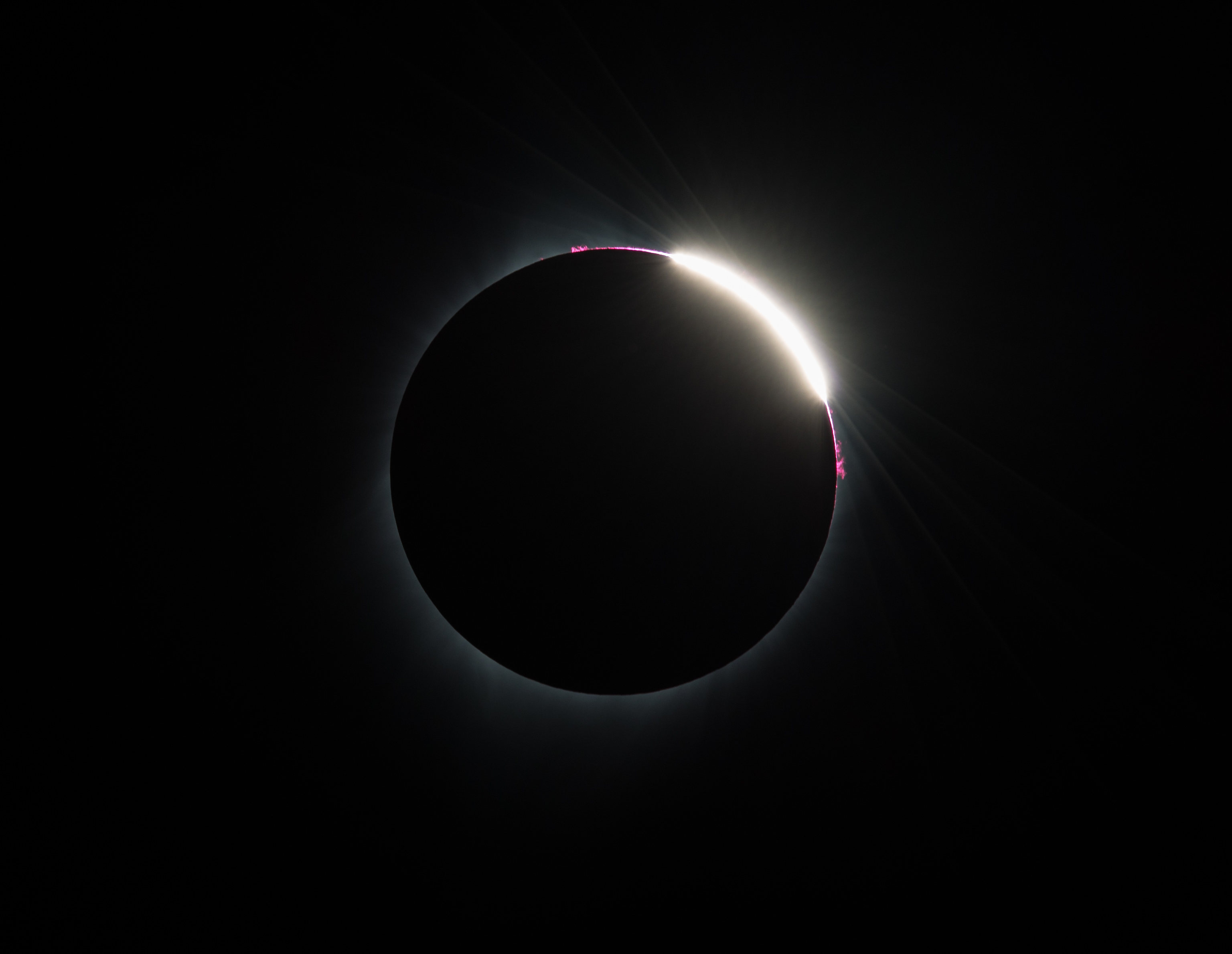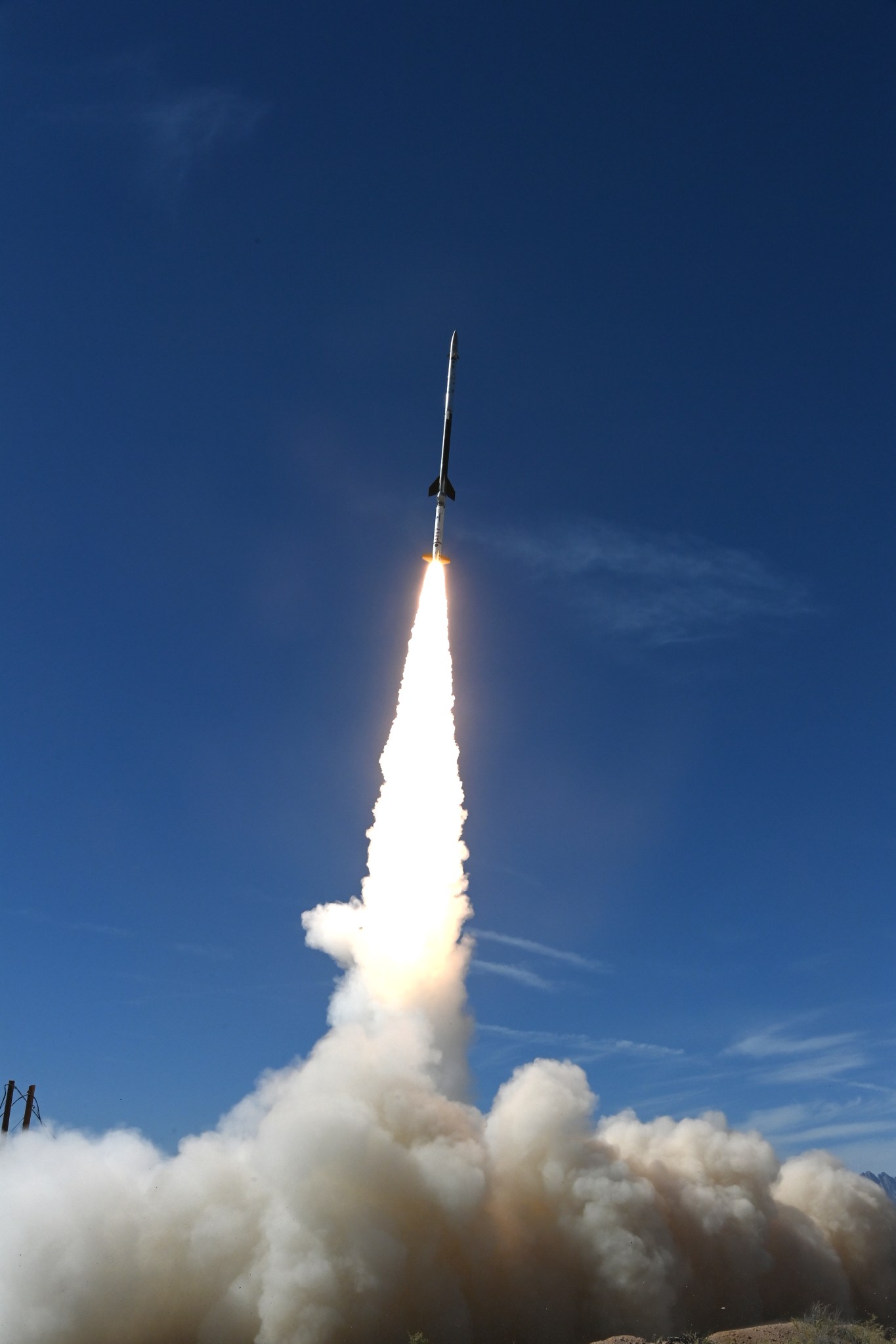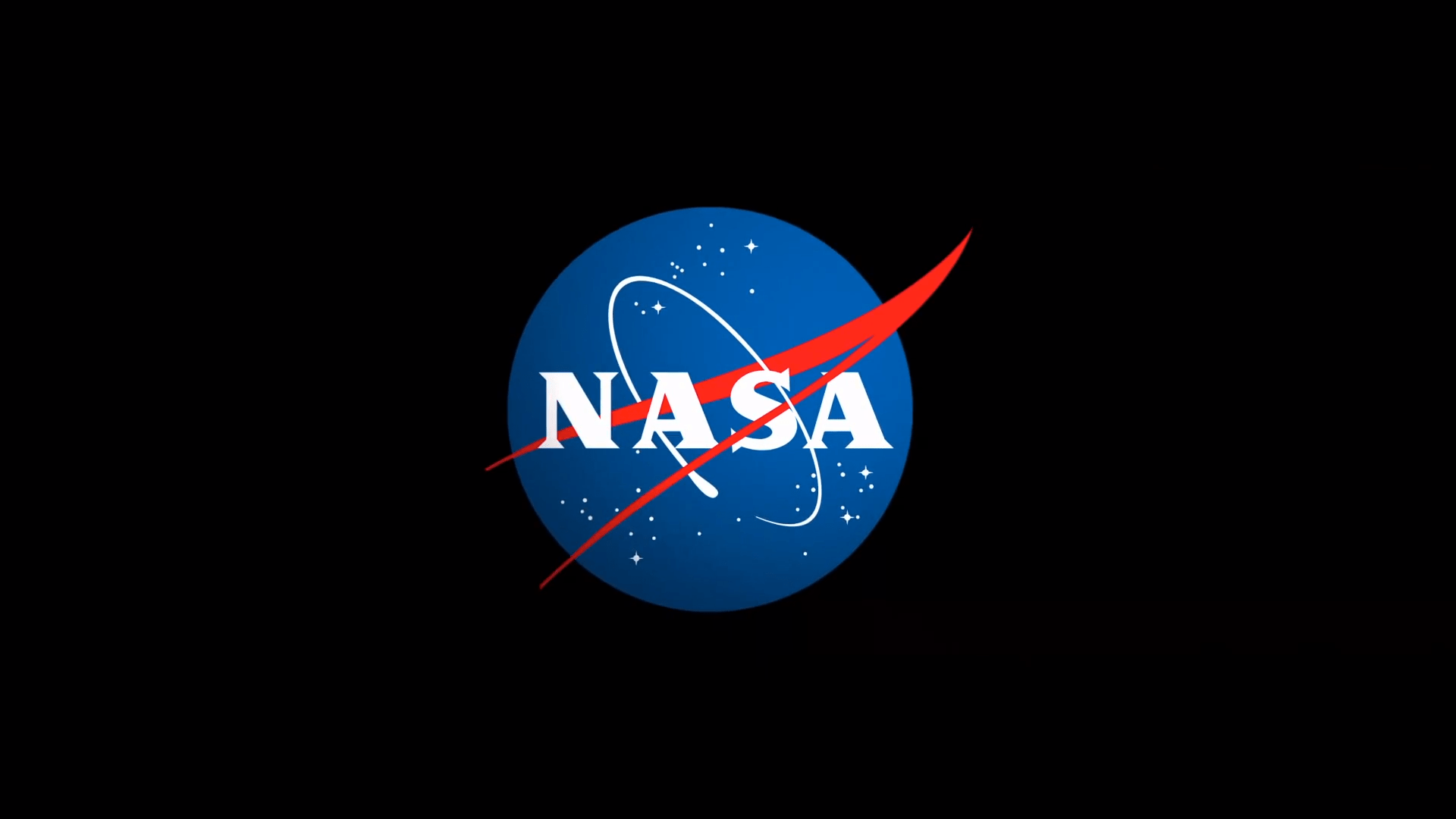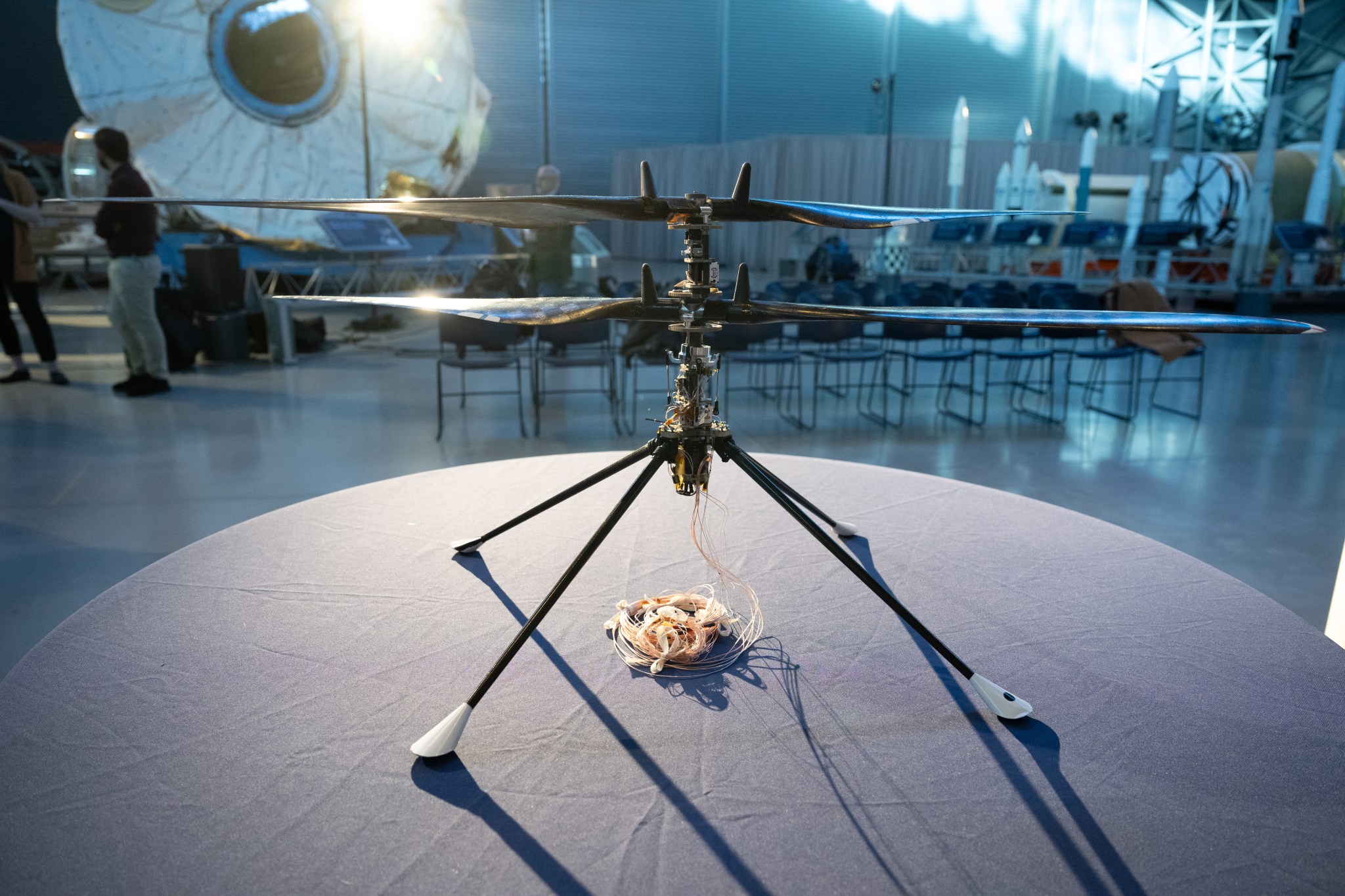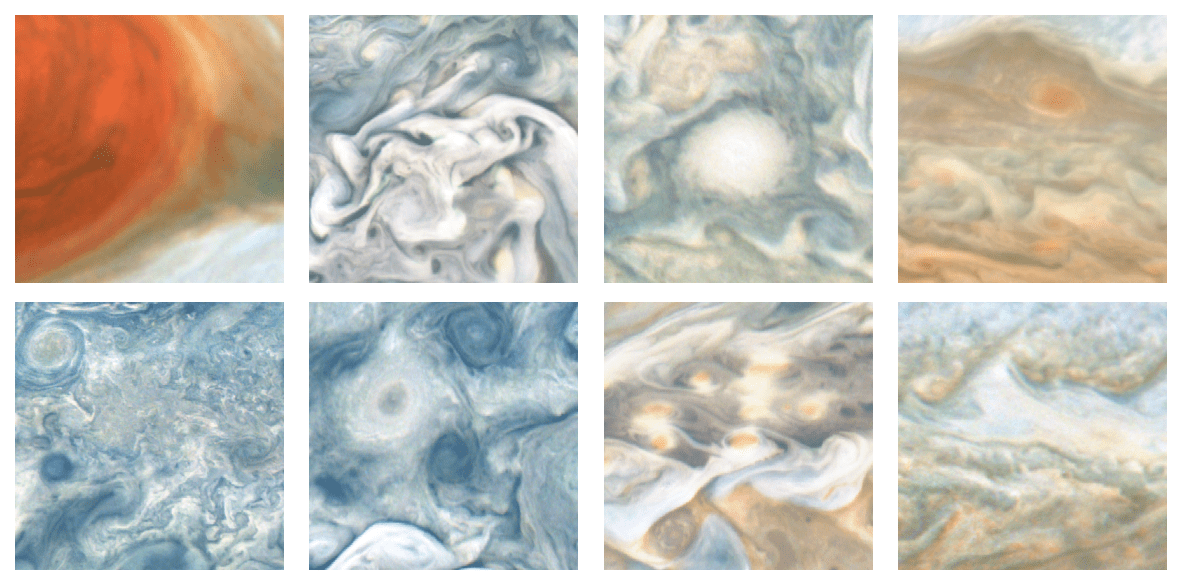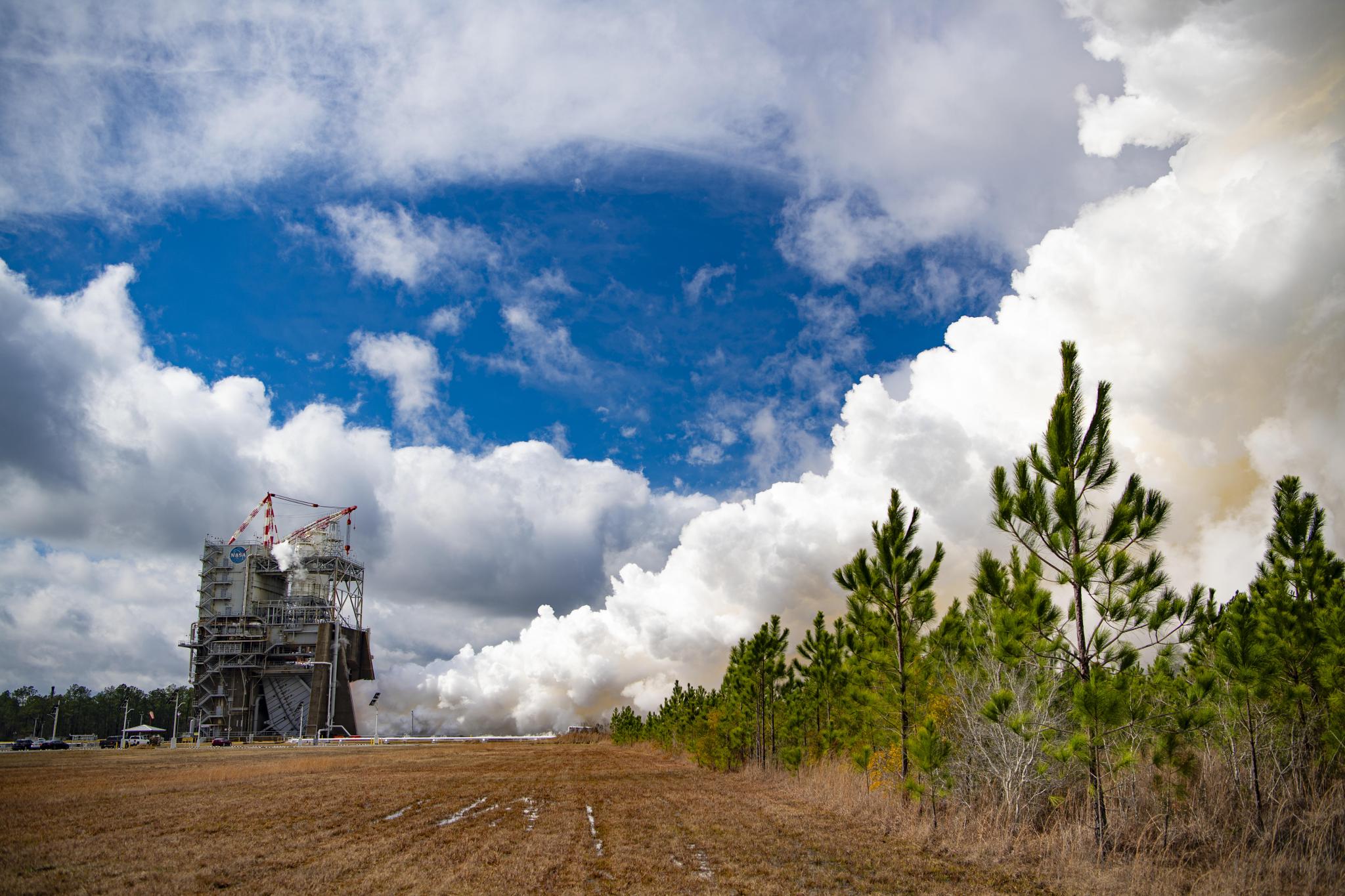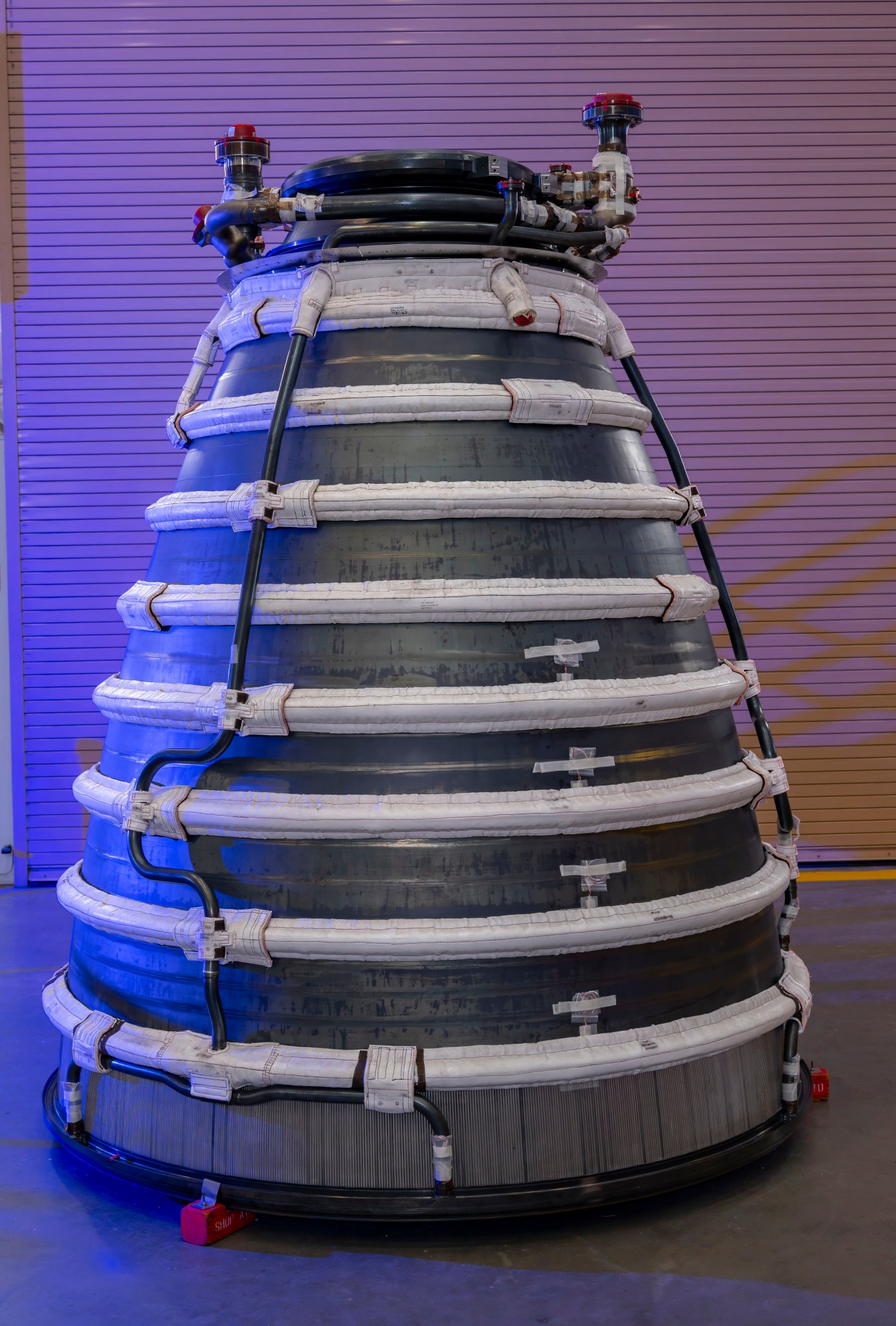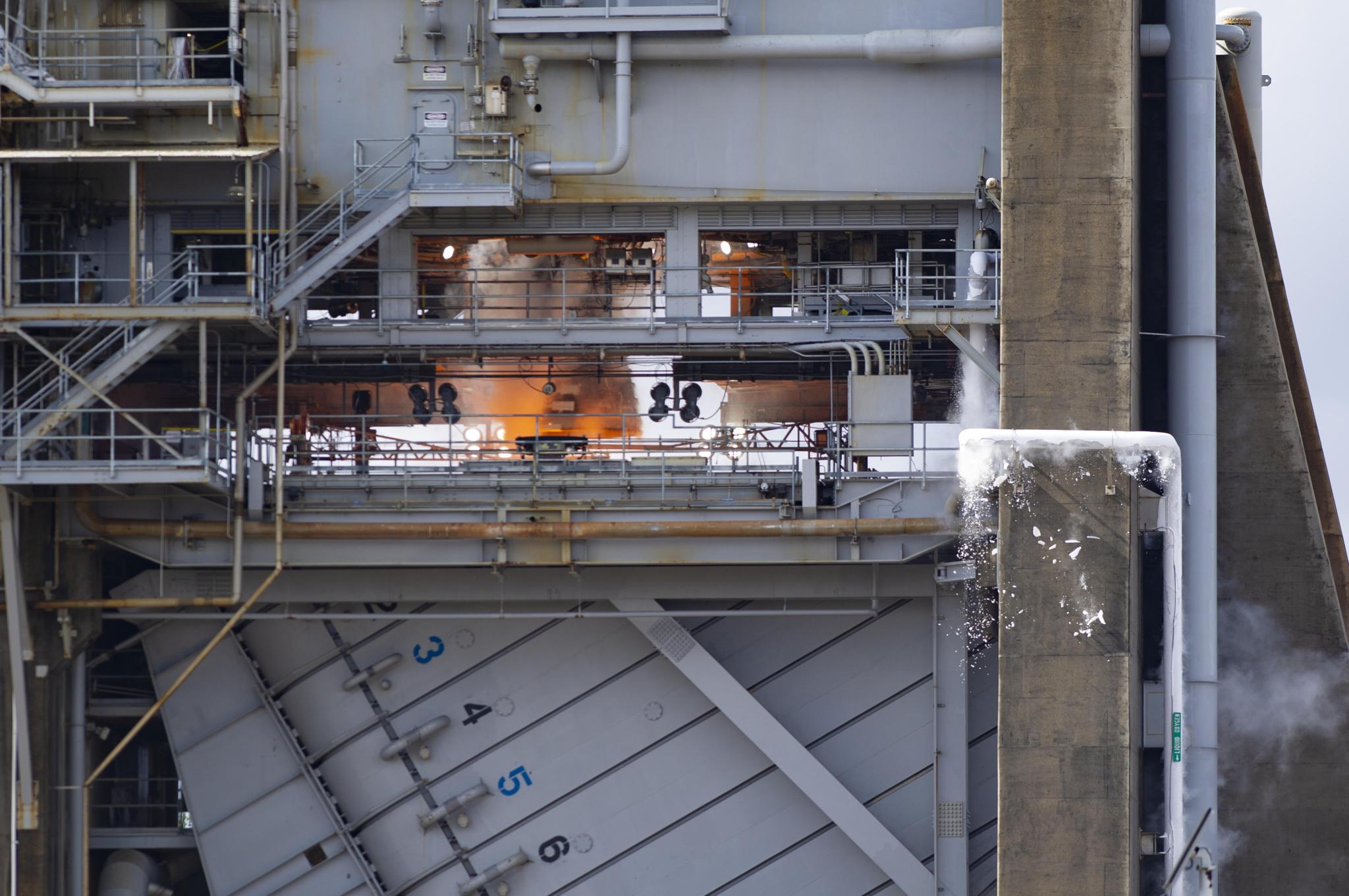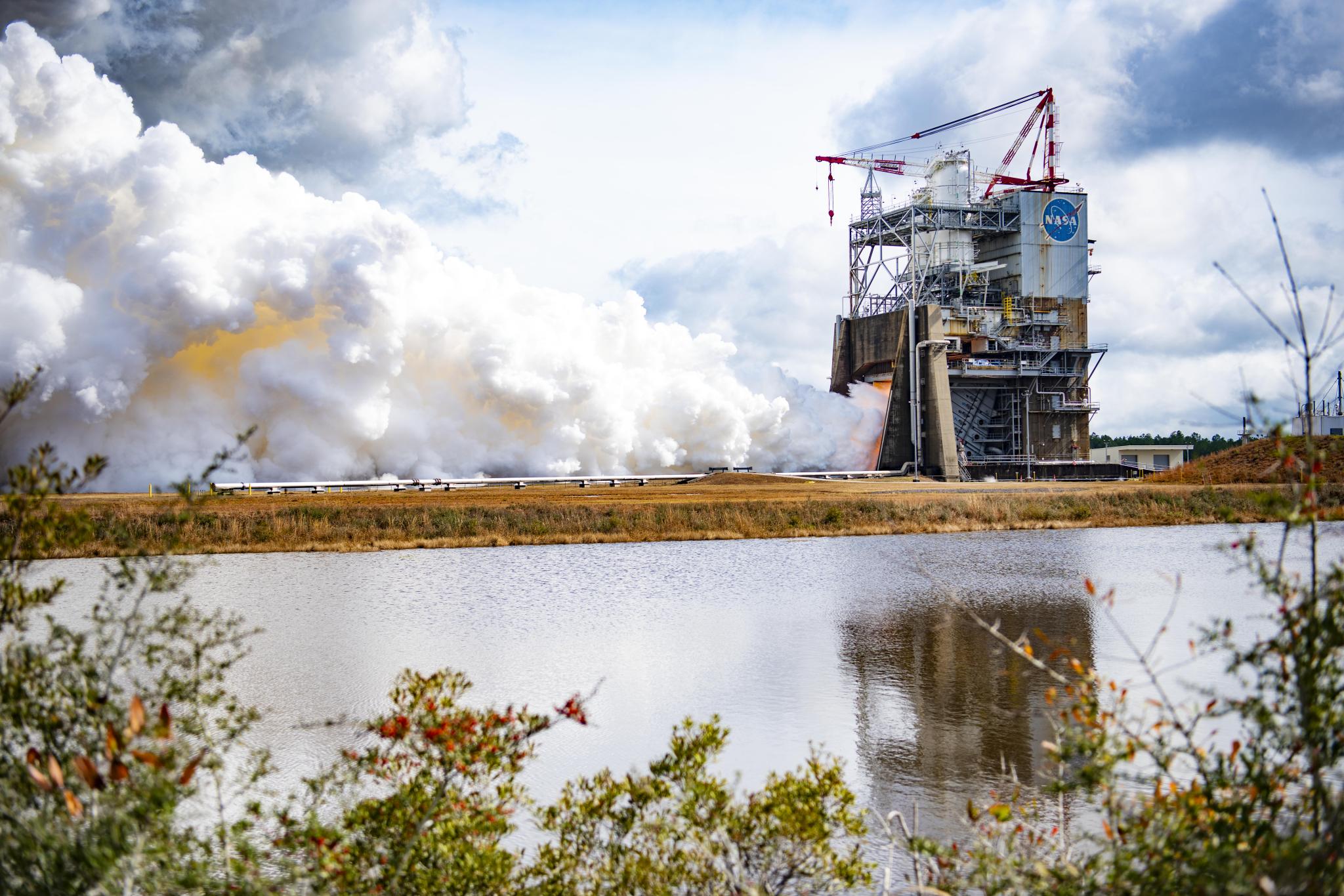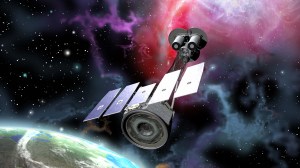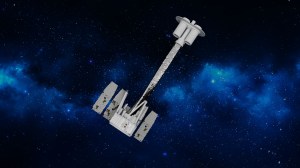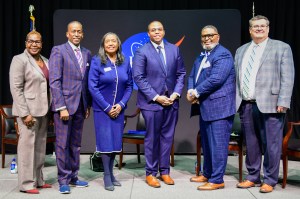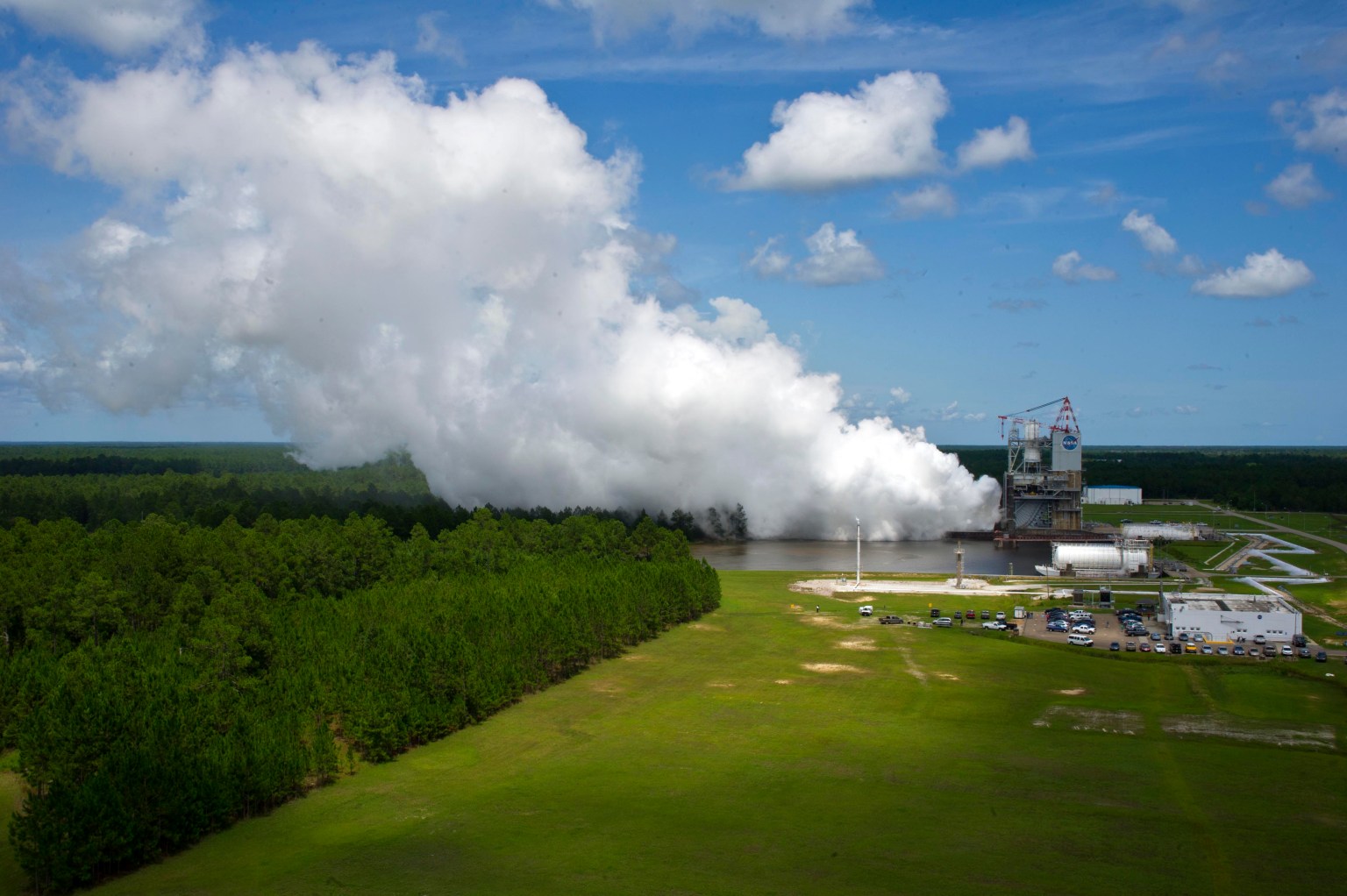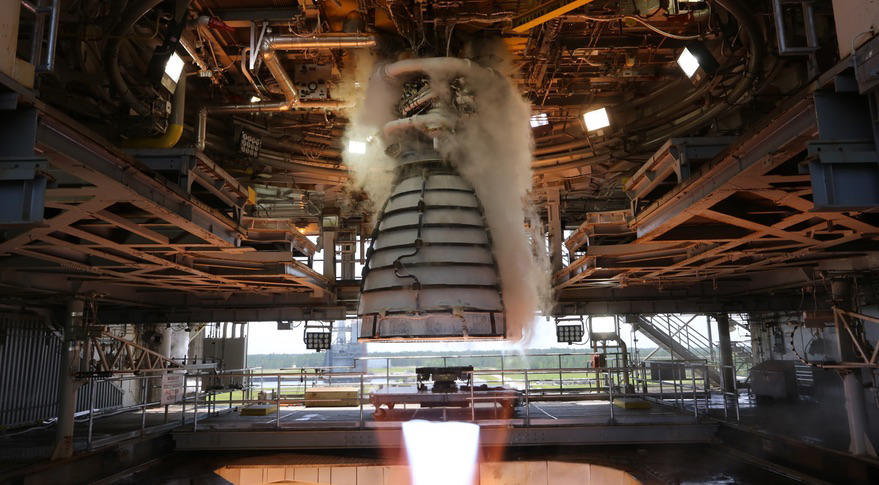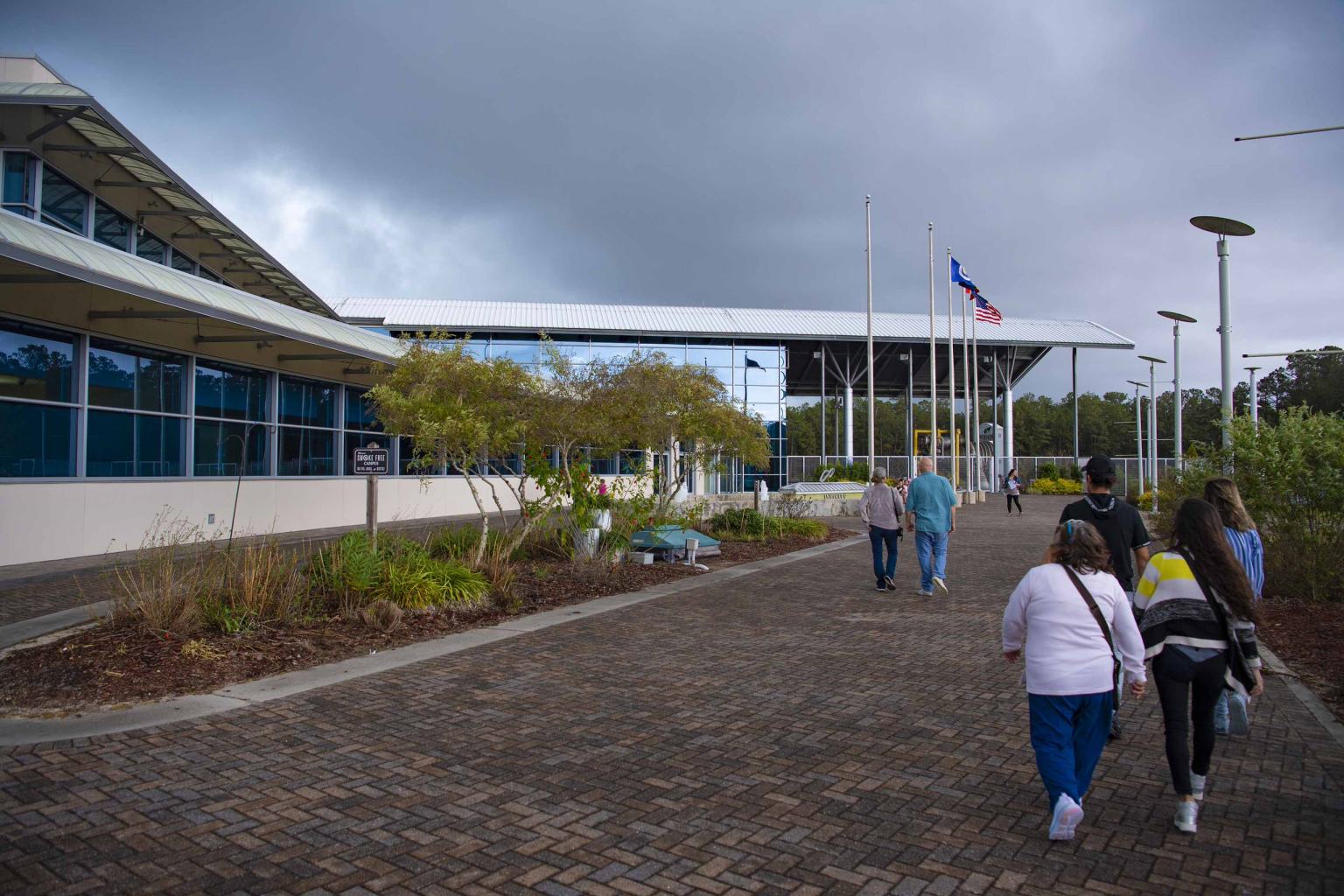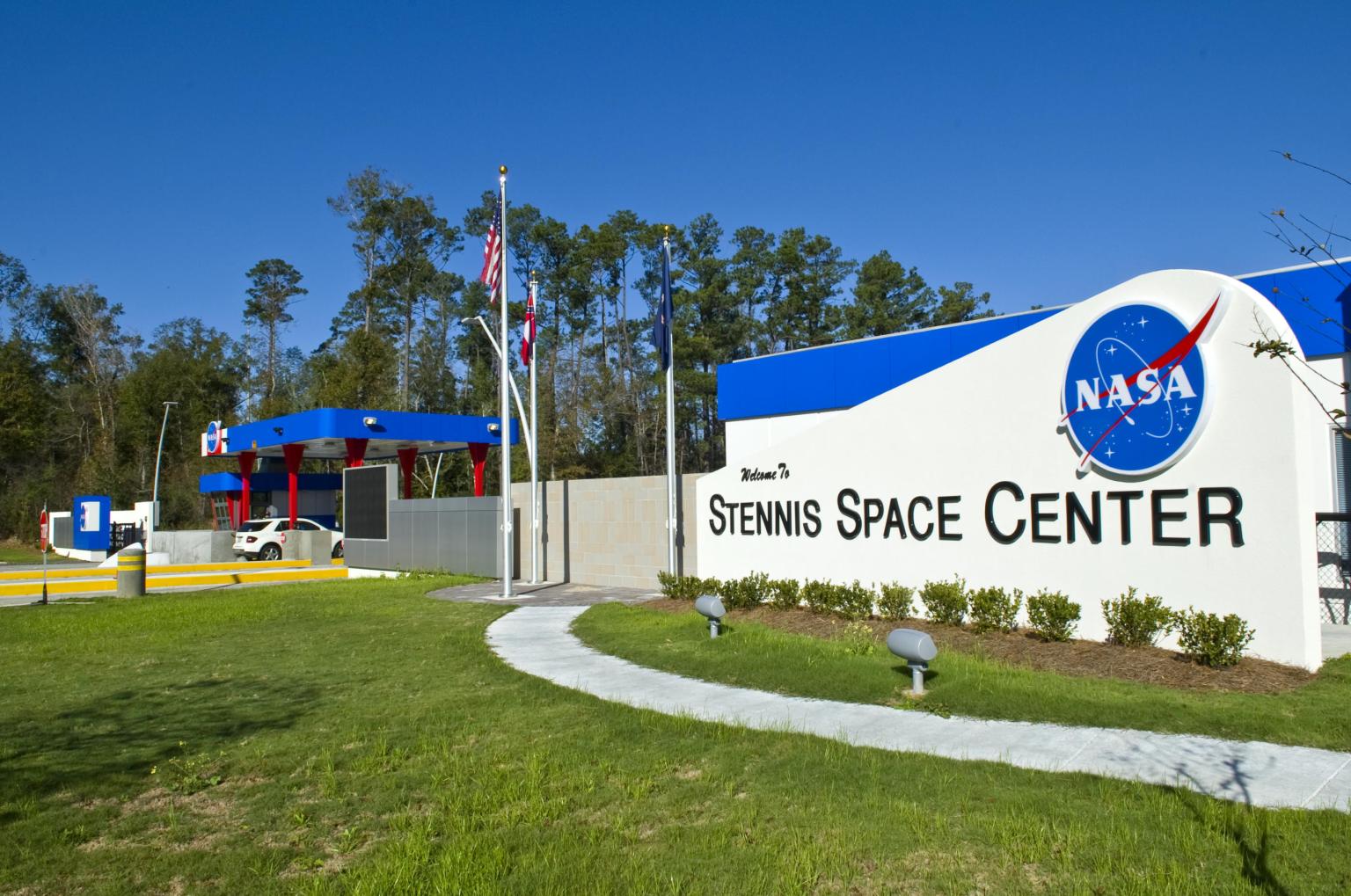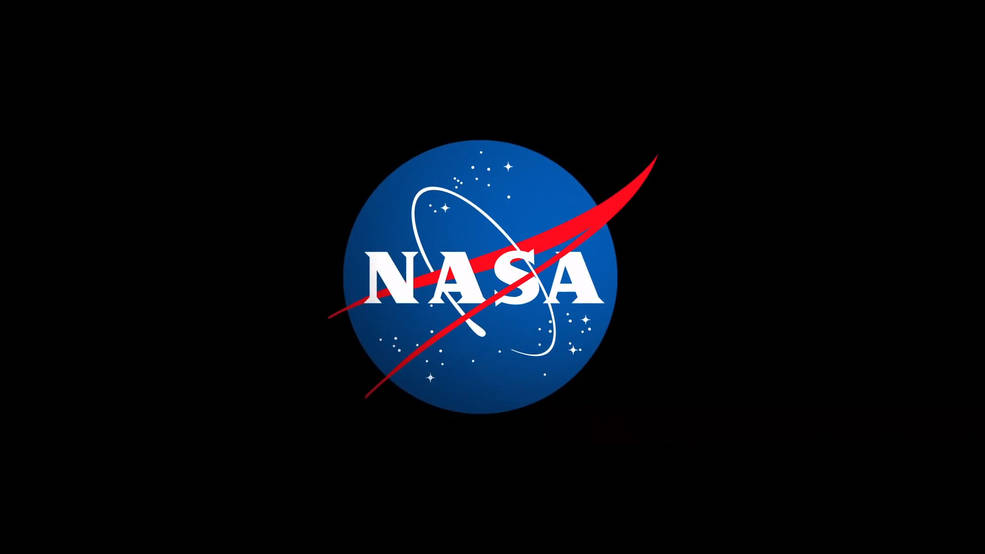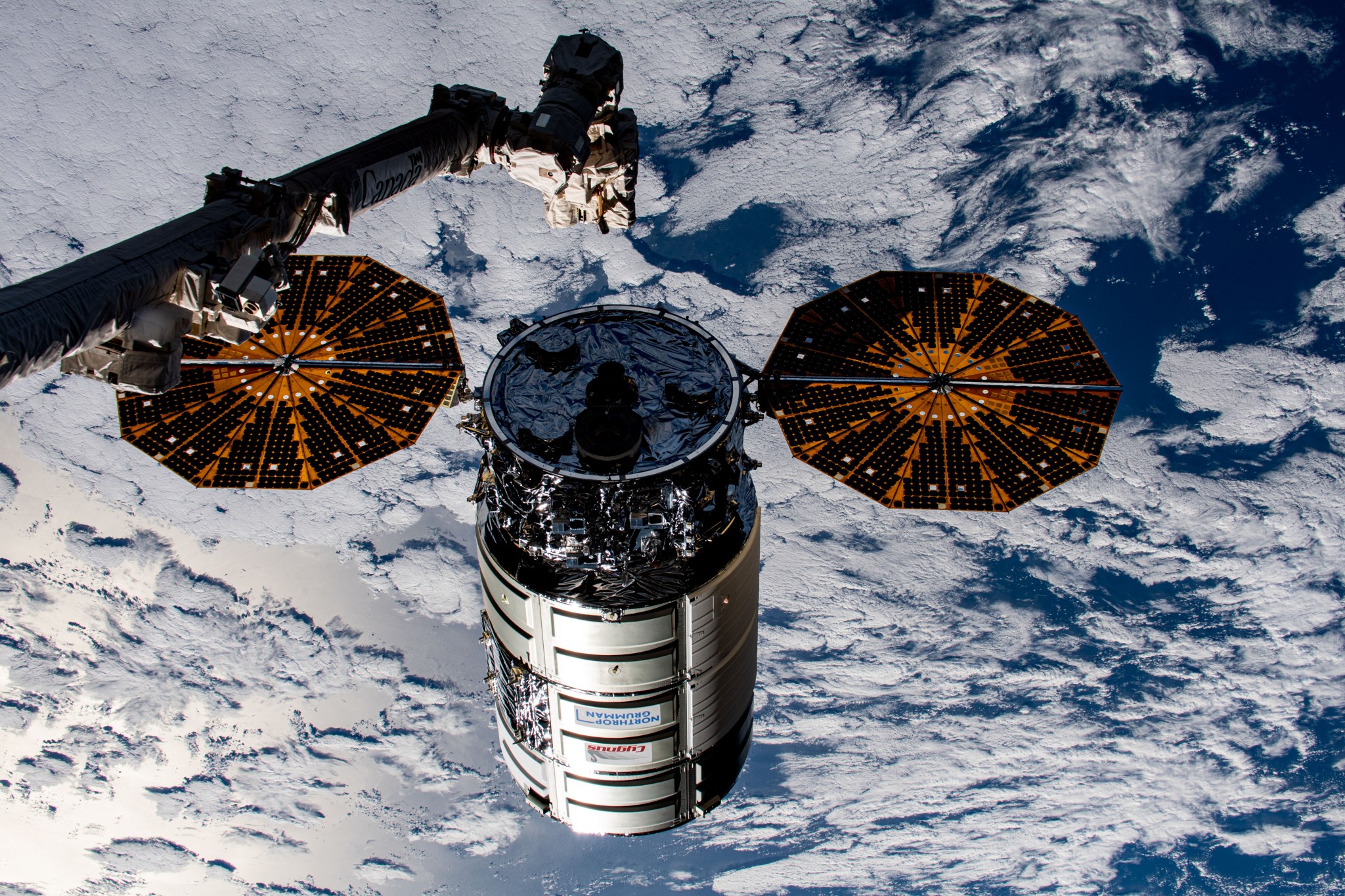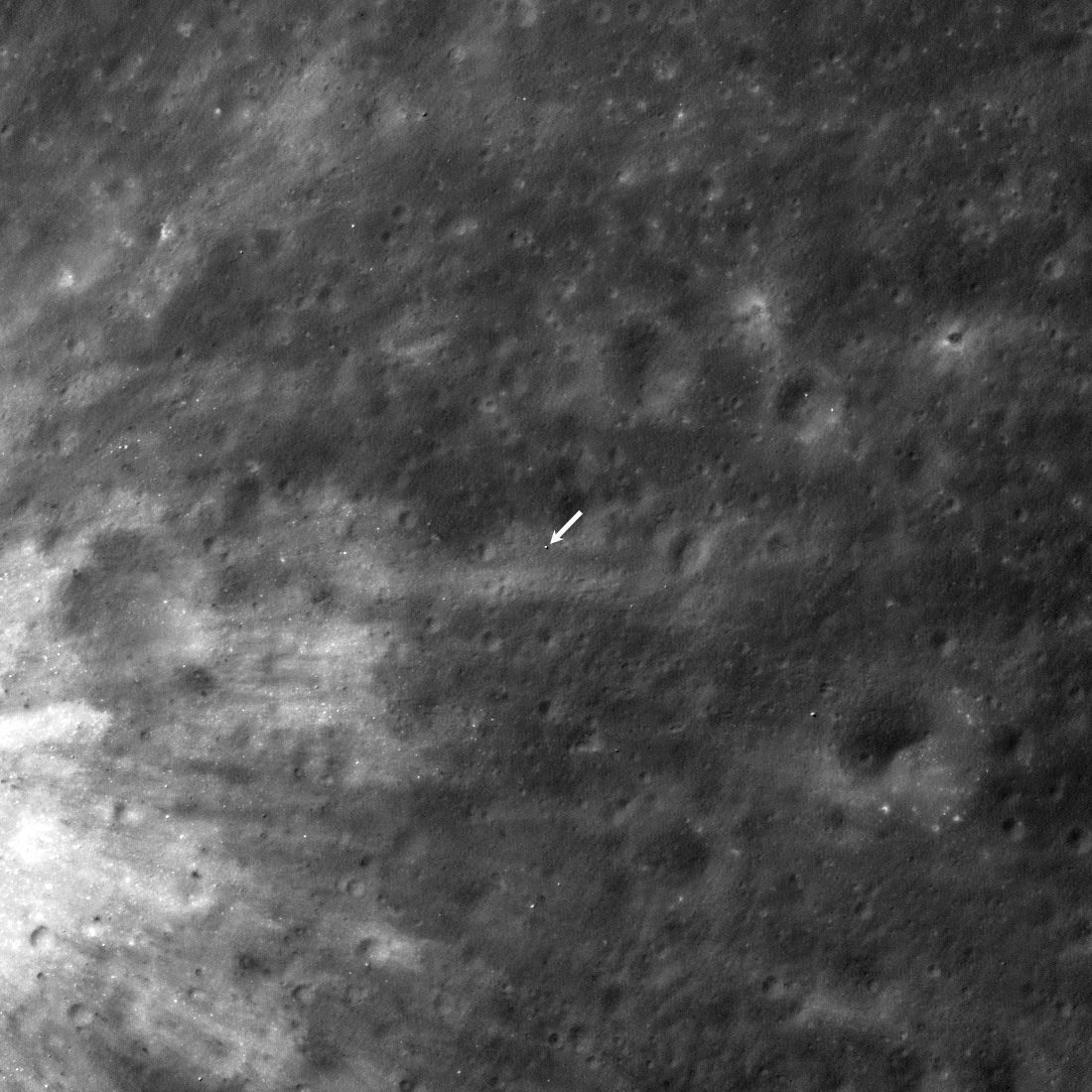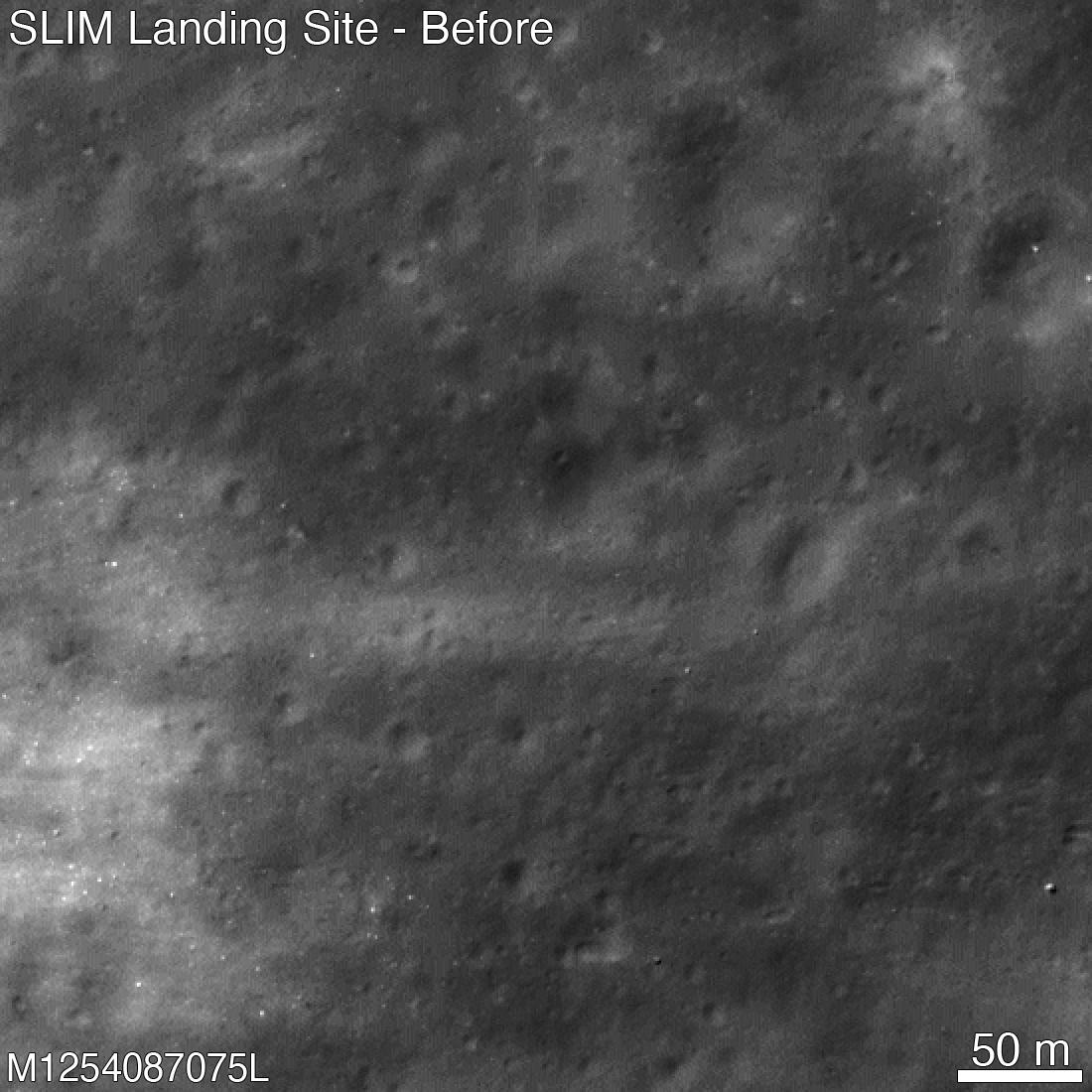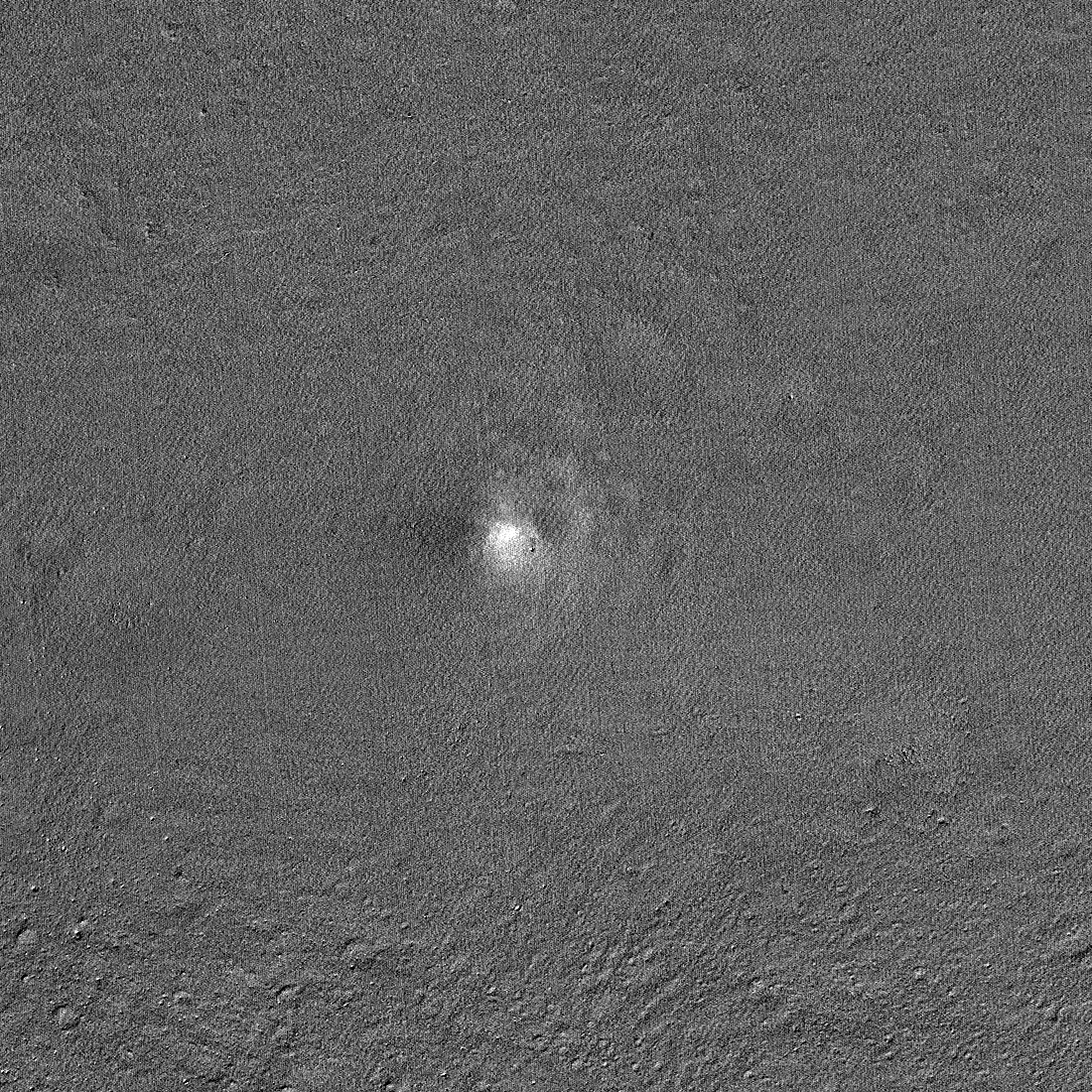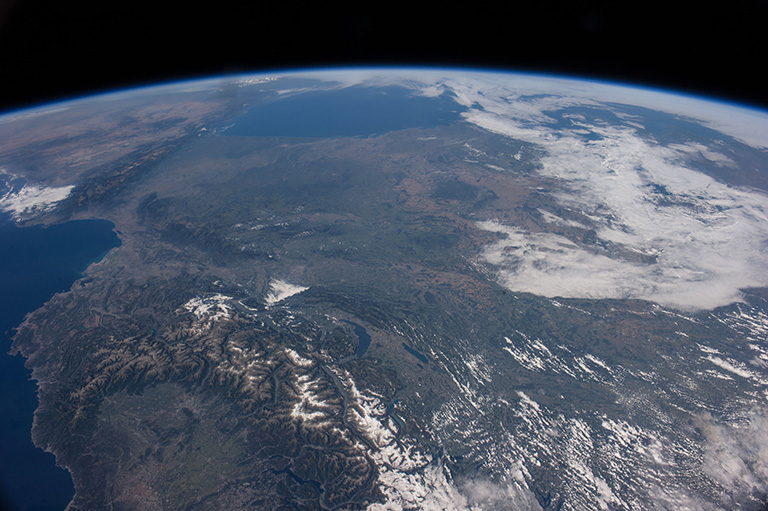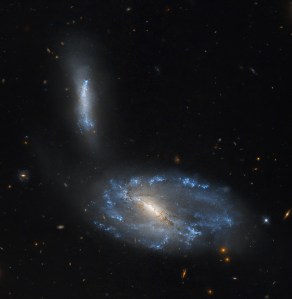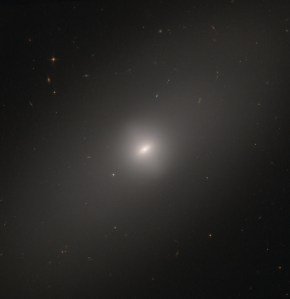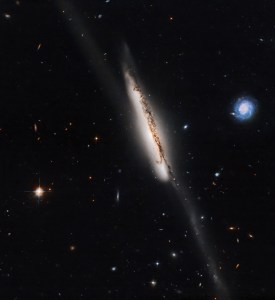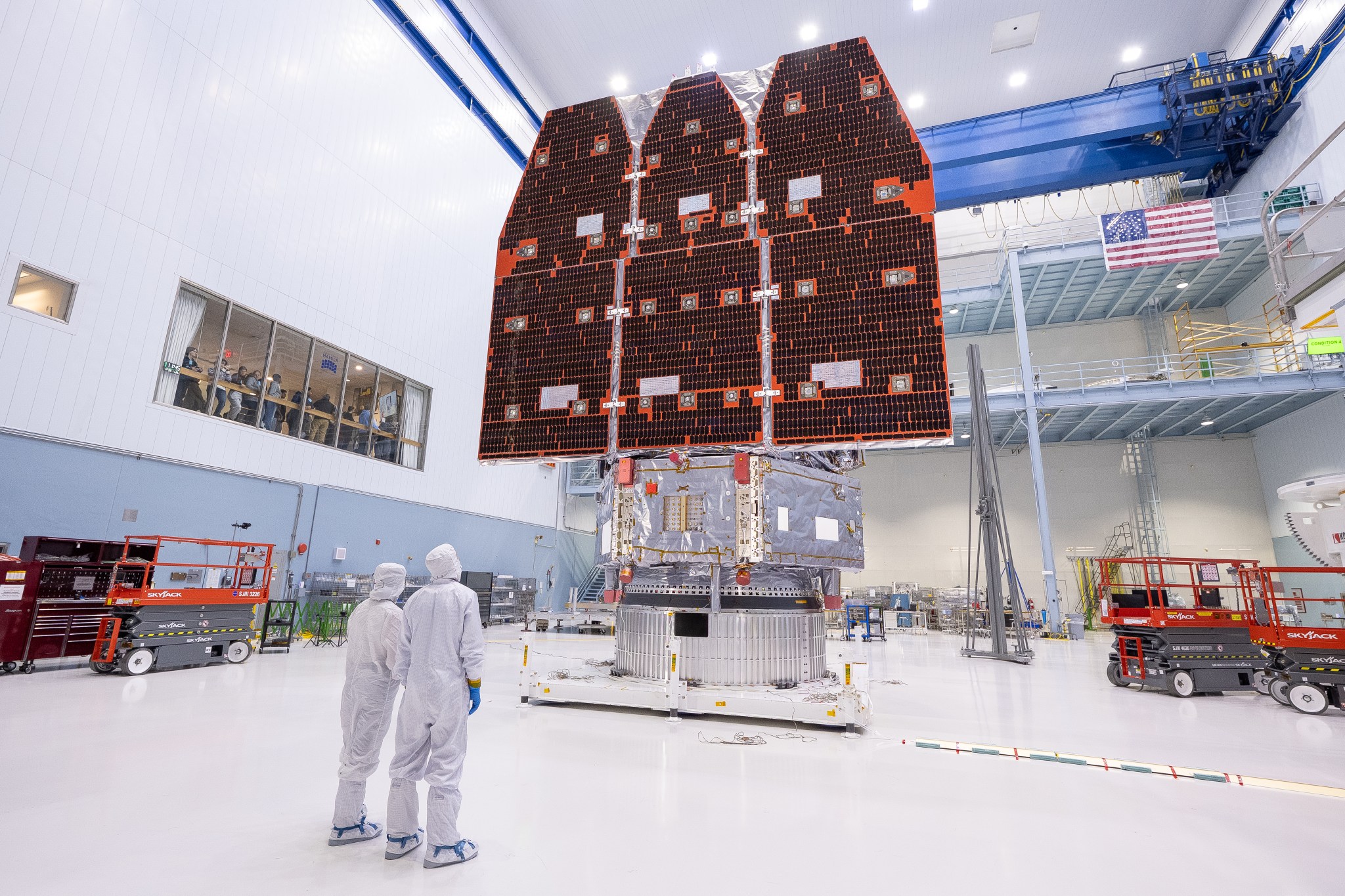3 min read
International Space Station Welcomes Trio of Experiments Focused on Enhancing Life Beyond Earth
NASA’s Biological and Physical Sciences Division is sending three physical sciences and space biology experiments and equipment to the International Space Station aboard Northrop Grumman’s 20th commercial resupply services mission. These experiments aim to pioneer scientific discovery, enable sustainable deep space exploration, and support transformative engineering.
The launch is scheduled to take place no earlier than Tuesday, January 30, at Cape Canaveral Space Force Station in Florida.
Using Microbes to Improve Plant Growth in Space
Plants will play a crucial role in space exploration because they provide a source of fresh food for astronauts, revitalize habitat air, and help recycle resources. However, to use plants effectively for space exploration, it is important to understand how they grow under the harsh environments of space. Many microbes that are intimately associated with plants are known to improve the plant’s ability to tolerate environmental stresses on Earth. These beneficial microbes could also confer similar advantages to plants in space; however, we do not know how exposure to the space environment alters these associations.
Plant-Microbe Interactions in Space (Advanced Plant Experiments in Space; APEX-10) tests whether the beneficial microbe Trichoderma harzianum increases stress resilience and improves seedling growth of tomato plants (Lycopersicum esculentum) when the two are grown together in microgravity on the International Space Station. If so, this knowledge could help increase plant productivity on Earth as well as in space. The principal investigator for APEX-10 is Dr. Simon Gilroy with the University of Wisconsin, Madison.
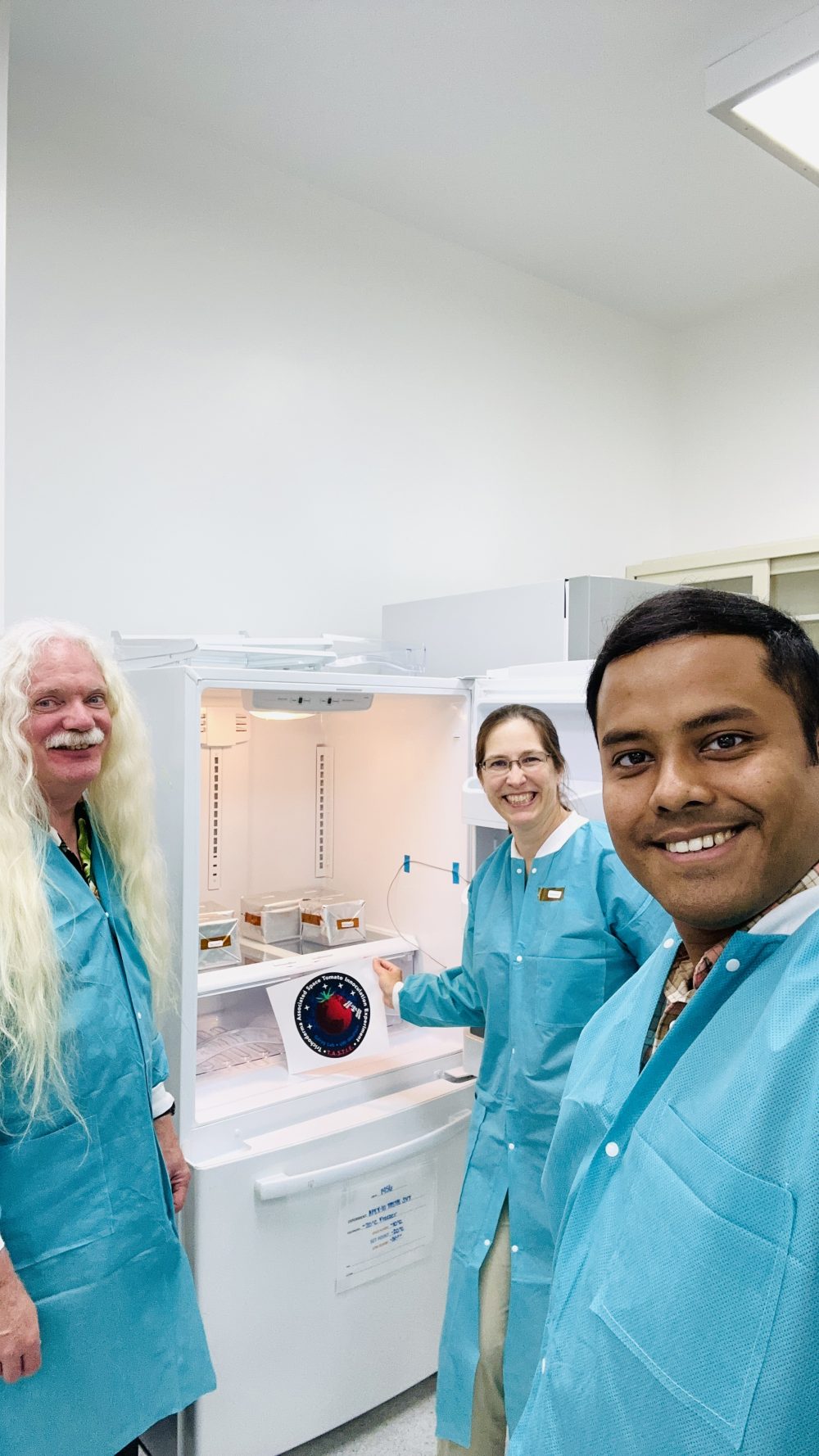
Understanding Microgravity-Associated Bone Loss
Despite rigorous exercise, astronauts face a major health problem in space travel: significant bone loss. The Role of Mesenchymal Stem Cells in Microgravity Induced Bone Loss – Part A (MABL-A) research assesses the effects of microgravity on bone marrow mesenchymal stem cells (MSCs), specifically their capacity to secrete bone-forming and bone-dissolving cytokines (small secreted proteins that affect other cells).
MSCs are known to play a role in making and repairing skeletal tissues. Results could provide a better understanding of the basic molecular mechanisms of bone loss caused by spaceflight and normal aging on Earth. The principal investigator for MABL-A is Dr. Abba Zubair with the Mayo Clinic in Jacksonville, Florida.

Studying Bacterial Growth in Space
Microbes, such as bacteria, cause numerous human diseases on Earth. It is possible that these same microbes could adversely affect the health of astronauts as they embark on future space missions. Therefore, a deeper understanding of how the spaceflight environment influences microbial growth could help develop strategies to counter their harmful effects.
Biological Research in Canisters-25 (BRIC-25) studies how microgravity affects the Accessory Gene Regulator (Agr) quorum-sensing system of Staphylococcus aureus, a bacterial pathogen that infects almost every human tissue and organ. The Agr quorum-sensing system is a key communication tool used by bacteria to form biofilms, regulate physiology, and affect their ability to cause disease.
By investigating the Agr system on the International Space Station, BRIC-25 researchers hope to uncover new insights into bacterial behavior in space. This knowledge could not only safeguard astronauts’ health, but also improve our understanding of bacterial adaptations on Earth. The principal investigator for BRIC-25 is Dr. Kelly Rice, with the University of Florida in Gainesville, Florida.
About BPS
NASA’s Biological and Physical Sciences Division pioneers scientific discovery and enables exploration by using space environments to conduct investigations not possible on Earth. Studying biological and physical phenomena under extreme conditions allows researchers to advance the fundamental scientific knowledge required to go farther and stay longer in space, while also benefitting life on Earth.
Details
from NASA https://ift.tt/9mABRkz

